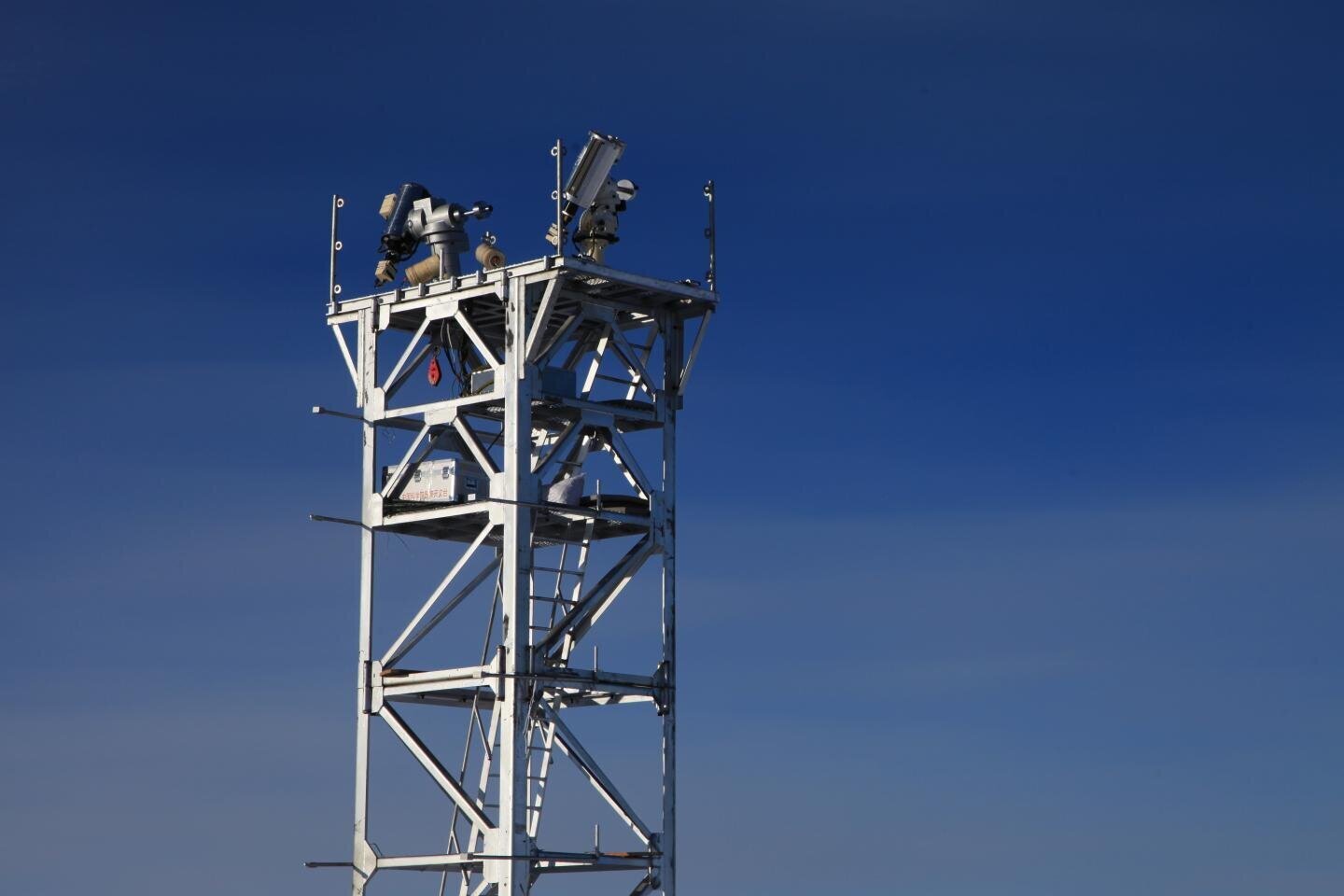An international team of astronomers has identified what may be the best spot on Earth to stick a telescope. According to the study, a high plateau in eastern Antarctica would have an exceptionally clear view of the stars, even outperforming other locations on the polar continent.
Telescopes on the ground have to contend with all sorts of issues. Turbulence in the atmosphere can warp the image quality, the sky can be washed out by light pollution from nearby cities, and an increasing crowd of satellites is making it hard to see anything at all. That’s why so many telescopes, such as Hubble and Spitzer, image the cosmos from orbit.
But now a new study has identified what is reportedly the best spot on Earth for a ground-based telescope. Dome A, or Dome Argus, is an ice dome on the Antarctic Plateau, located about 1,200 km (750 mi) inland on the east side of the frozen continent. It sits at an altitude of over 4,000 m (13,000 ft), and is recognized as one of the coldest places on the planet, which together means the atmosphere is very thin.
"A telescope located at Dome A could out-perform a similar telescope located at any other astronomical site on the planet," says Paul Hickson, a co-author of the new study. "The combination of high altitude, low temperature, long periods of continuous darkness, and an exceptionally stable atmosphere, makes Dome A a very attractive location for optical and infrared astronomy. A telescope located there would have sharper images and could detect fainter objects.”

Astronomers measure atmospheric turbulence with a “seeing” number in arcseconds, and the lower the number, the better. Some of the best astronomical sites in the world, like observatories in Chile and Hawaii, have seeing numbers between 0.6 and 0.8 arcseconds. But Dome A boasts seeing as low as 0.13 arcseconds at night.
That means it also outperforms other promising Antarctic locations, such as Dome C, with a seeing range of 0.23 to 0.36 arcseconds, and Ridge A, with seeing of around 0.2 arcseconds.
The team took these measurements using an instrument called a differential image motion monitor, at a height of 8 m (26.2 ft). This turned out to be comparable to a height of 20 m (65.6 ft) at Dome C, highlighting Dome A as the better location.
The researchers also say that frost proved a hinderance to the experiment, but by finding ways around that problem, seeing could be improved by a further 10 to 12 percent.
The research was published in the journal Nature.
Source: University of British Columbia via Phys.org





